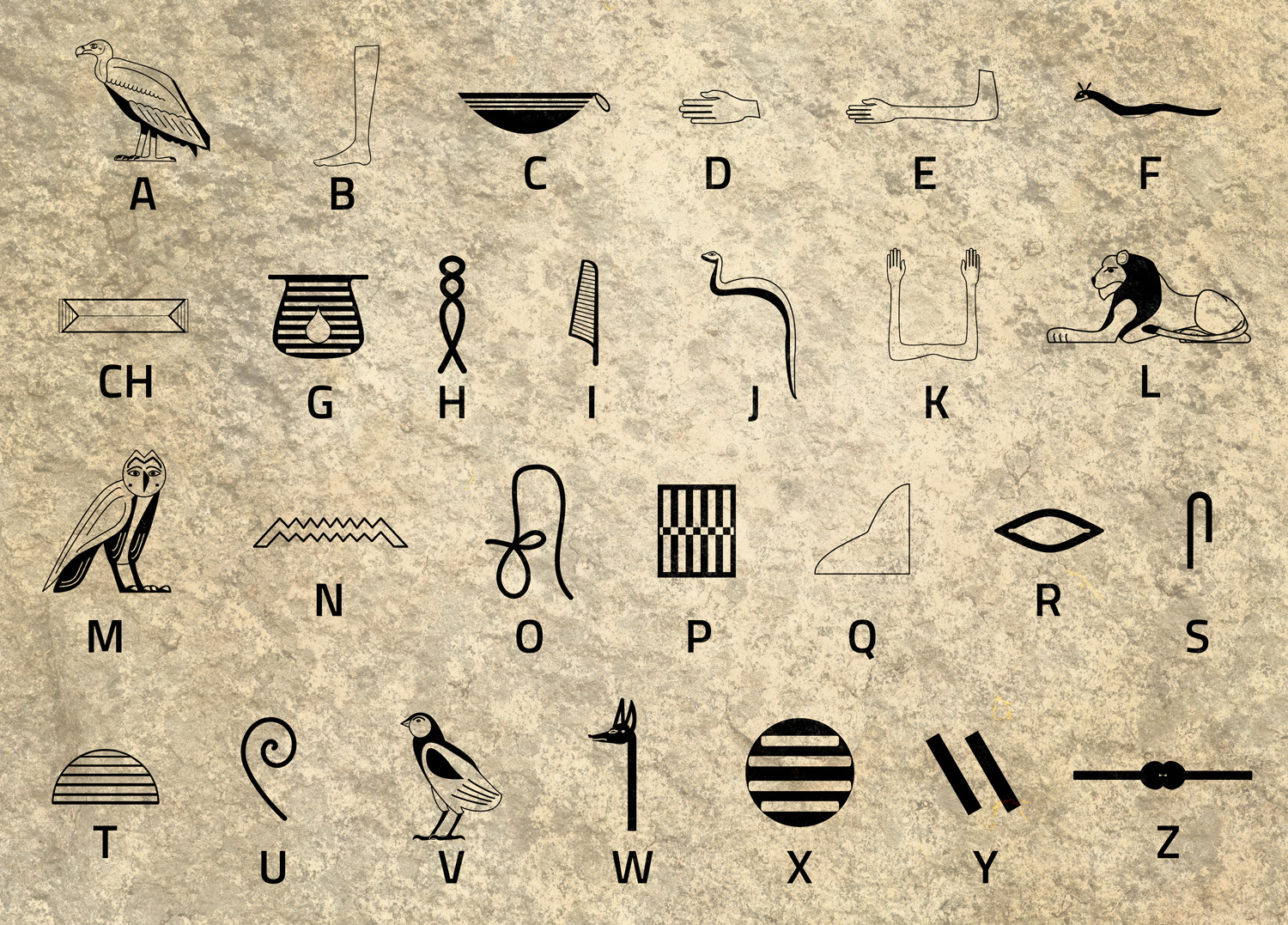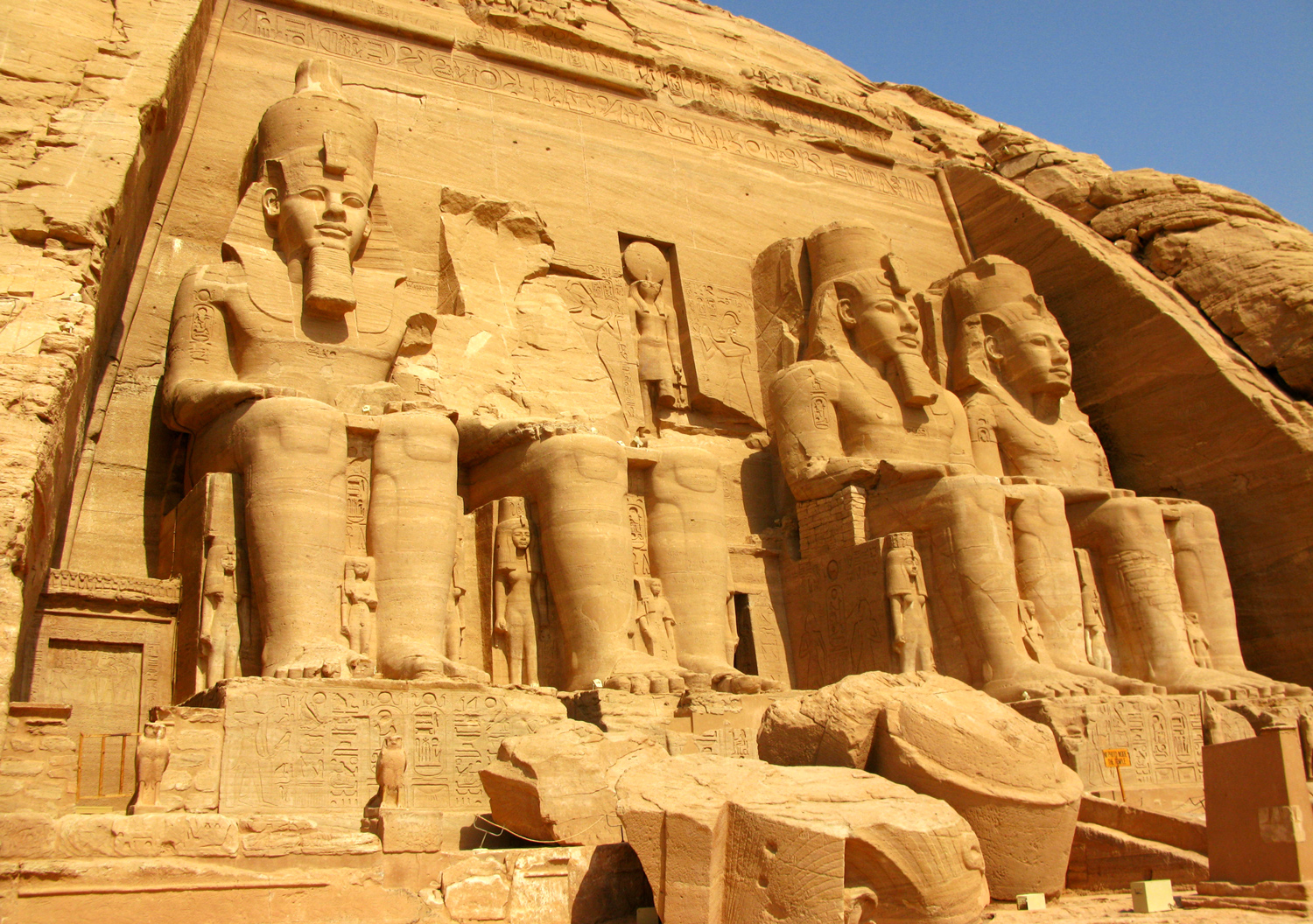When I Grow Up…in Ancient Egypt
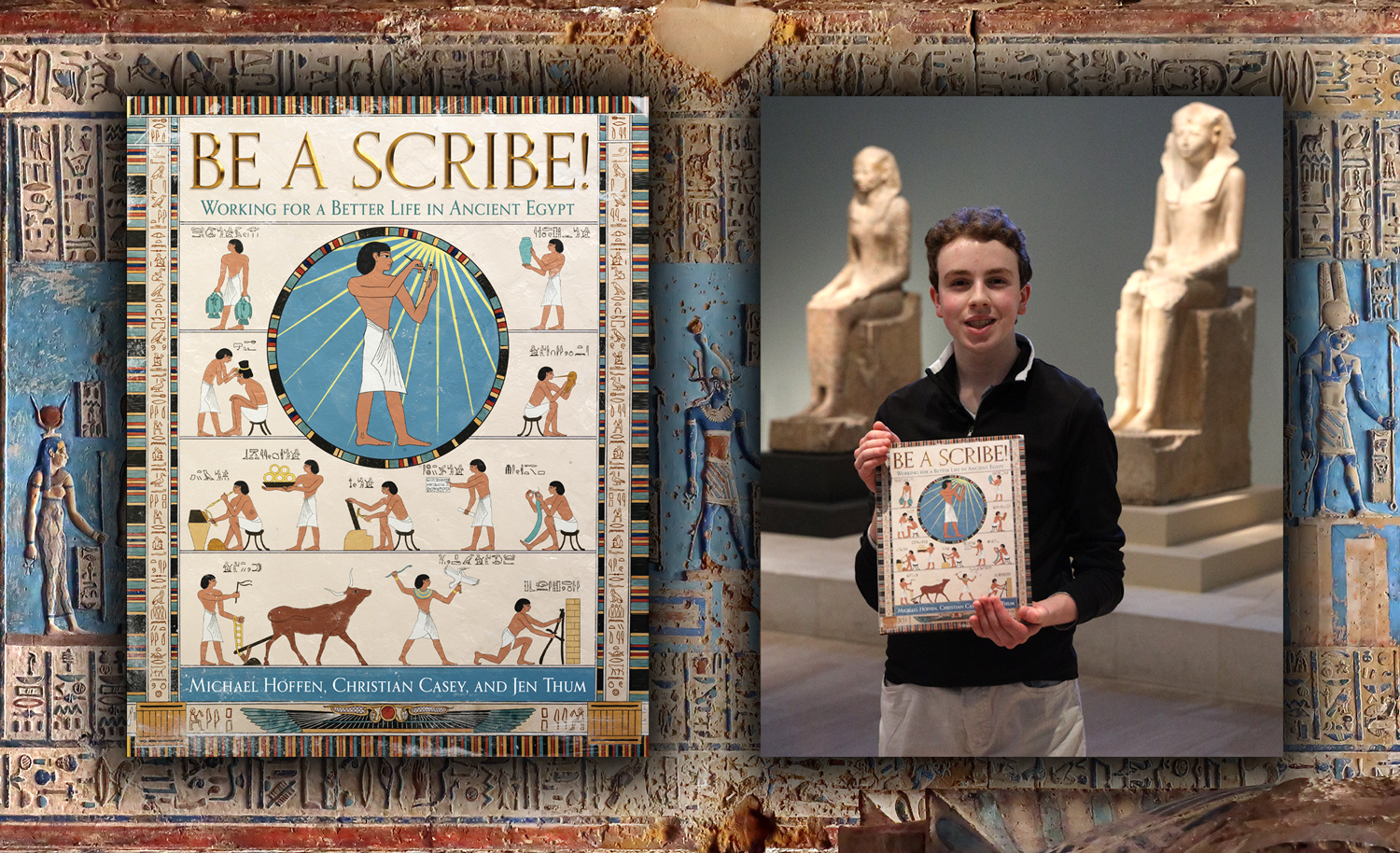
Do adults ever ask you what you want to be when you grow up? It turns out adults have been asking kids this question for thousands of years! In a new book called Be a Scribe, a father in ancient Egypt advises his son about his future career, revealing that parents and kids really haven’t changed all that much. The book’s coauthor, 16-year-old Michael Hoffen, adapted the book from a story that was written more than 3,500 years ago.
Throughout Be a Scribe, a father named Khety tells his teenage son, Pepi, about some of the difficult careers that he should avoid because they take a toll on the body. (Remember, the ancient Egyptians had no modern technology to help with hard labor.) Khety says his own job, working in a mine, is not something Pepi should do. Instead, Khety advises his son to become a scribe. In ancient Egypt, a scribe was a person whose job it was to write things down. It was a highly valued career because few ancient Egyptians knew how to read and write.
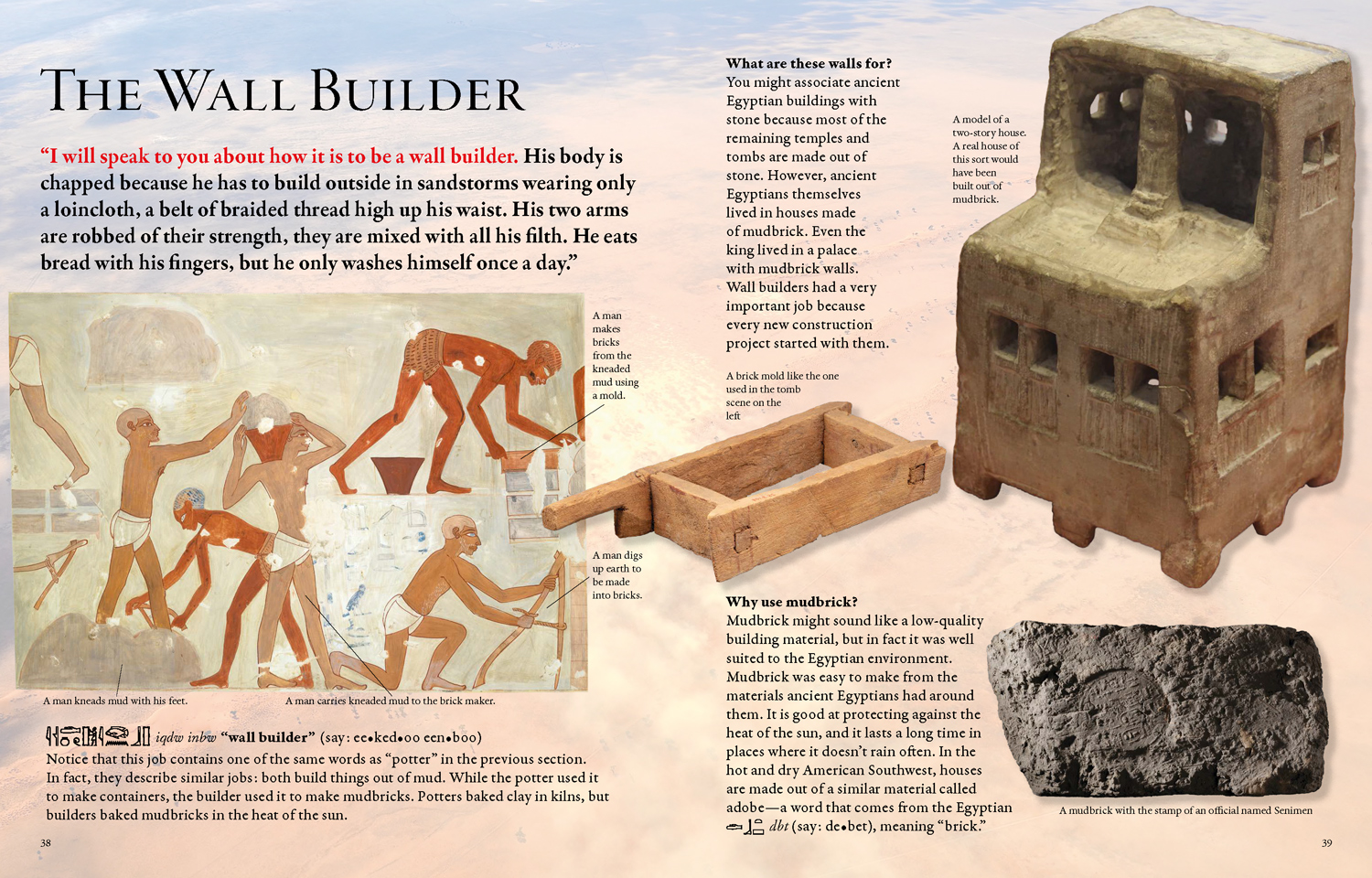
© Be a Scribe/Callaway Arts & Entertainment
In Be a Scribe, Kheti tells Pepi why it’s difficult to be a wall builder, while the authors tell readers how the ancient Egyptians built structures.
Be a Scribe is based on a story called “The Instruction of Khety,” which was written in hieroglyphics, the writing system of ancient Egypt. No one uses hieroglyphics to communicate anymore, so the writing system is not commonly known. But this was no problem for Hoffen. He enjoys translating ancient writing and ended up learning how to read hieroglyphics! (You can read more about hieroglyphics farther down on this page.) Hoffen worked with two co-authors, who are both experts on ancient Egypt.
By describing each of 18 jobs in detail, along with photos of objects the Egyptians left behind, Be a Scribe paints a vivid picture of what it was like to live and work in ancient Egypt. Hoffen and his co-authors also included short bits of the translated ancient story. It’s almost like Khety is speaking to the readers, directly from ancient Egypt—and if he is to be believed, life without modern comforts was pretty tough!
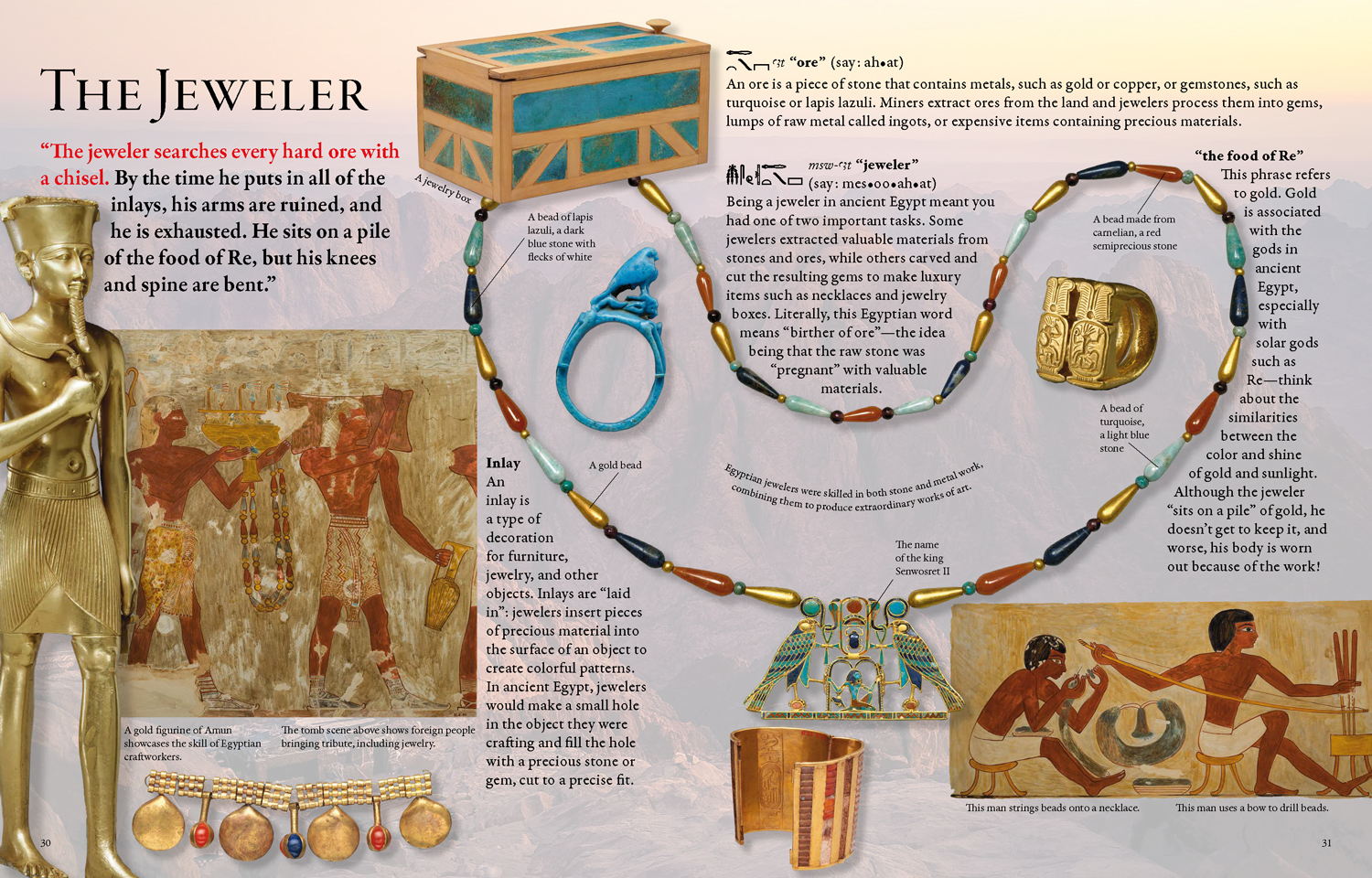
But while we may have more luxuries today, some things haven’t changed. Like today’s parents, Khety is a dad who wants what’s best for his son. Hoffen says he learned a lot while working on the book.
“The people living in ancient Egypt then and [the people] living now aren’t all that different,” Hoffen told KATU2.


